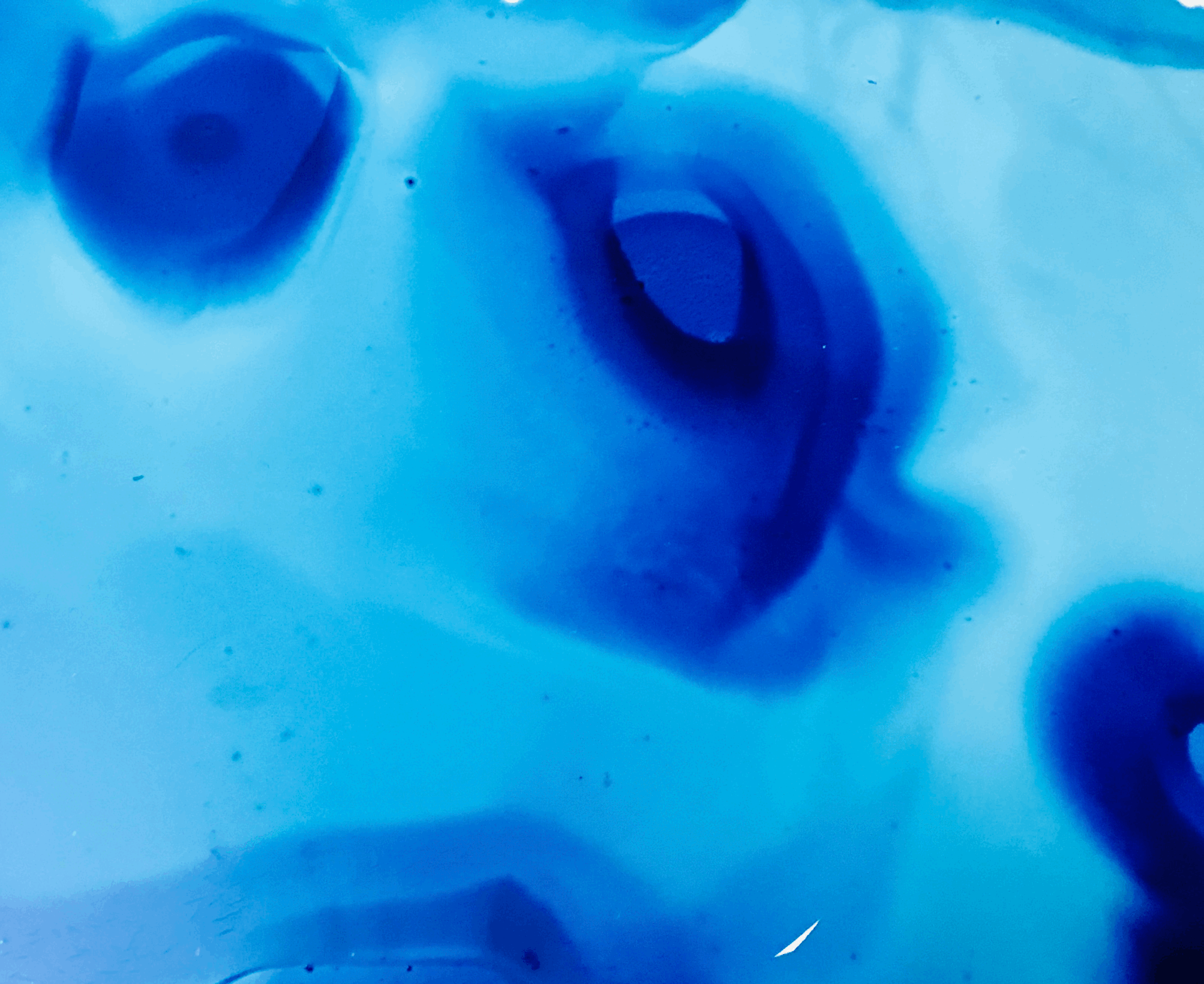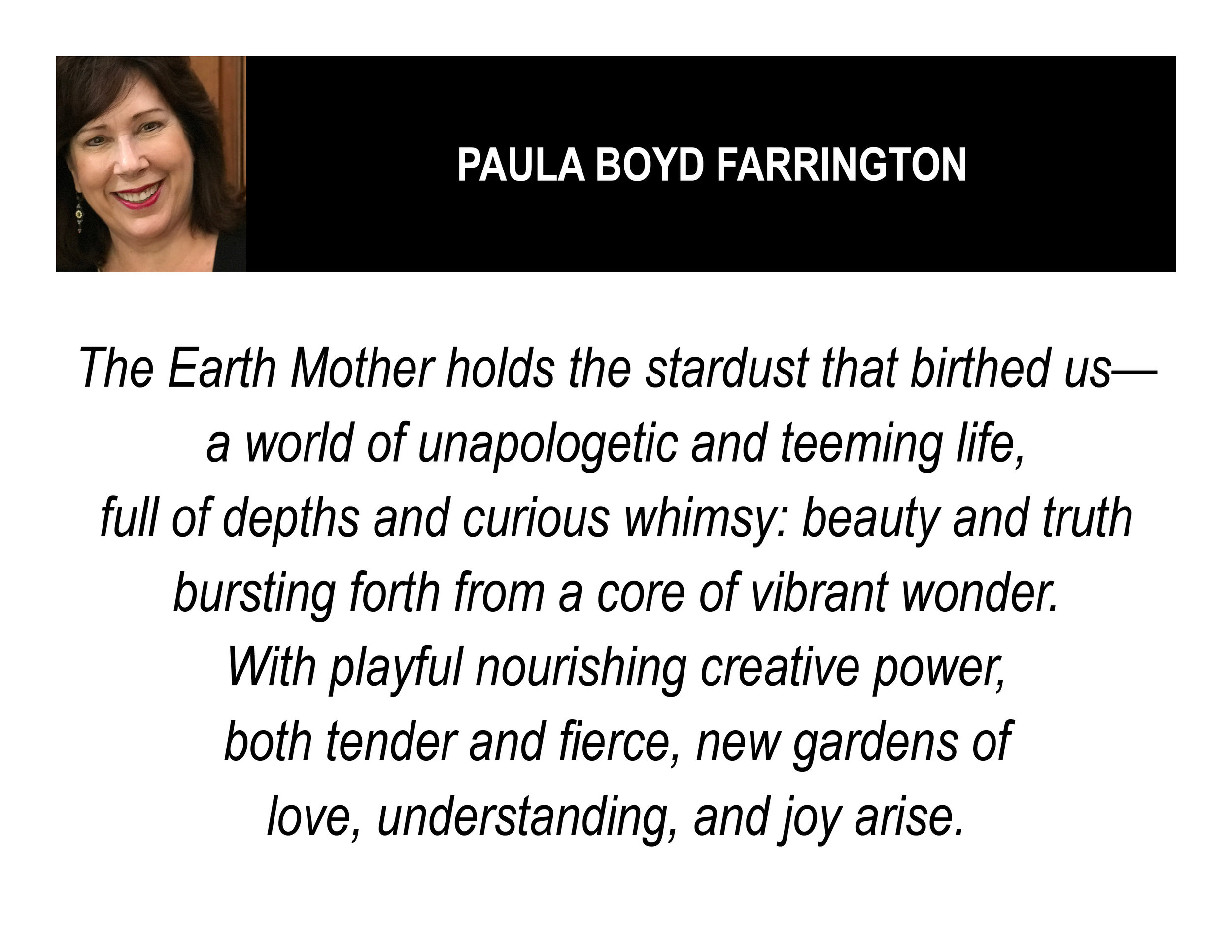Yin Calls Forth a New World of Feminine Transformation
“I’ve always said the fact that all women aren’t stark raving mad is a complete miracle because to live in a world where basically every bad thing that happens to you, you’ve somehow brought on yourself by being female … it’s just like, come on, man! It’s like … to the least of us, whatever is going on, it’s happening to all of us.”
– Callie Khouri, screenwriter of “Thelma & Louise”
The past two years have been extraordinarily difficult on the psyches of women around the globe. Newsfeeds are full of disturbing stories of sexual assault, the falls from grace of several male celebrities and cultural icons, and the pulling back of dark curtains revealing immense pain and abuses of power in all sectors of our society. Social commentary abounds on how the enormity of this abuse was allowed to go on for such long periods of time. Women from all levels of society began to speak out in large numbers, bringing what was hidden behind closed doors, out into public view. Secrets of violence whispered to each other in back channels were suddenly being blasted loudly on cable news; relentlessly dissected, cast with doubt, and denied by powerful men. How does this onslaught affect our consciousness? How does bearing witness to these damaging stories change the way we view ourselves and the women around us? How will these revelations and their ubiquity change how we interact with one another? What does the future hold for the human relationships we hold the dearest? These questions and versions of them are swimming about in the public consciousness. Although it is much too soon to know the answers, what seems clear is that if we are to have a way forward; we need a hand in the design of what we want our future to look like. We will need to be creative, manifest new ways of being with one another, and imagine possibilities that bring us back into a healthy balance.
In this exhibition Yin, Chantal Bethel, Claudette Dean, Laurie Tuchel, Del Foxton, and Paula Boyd Farrington work towards this seemingly impossible intention. Through a visual journey into a return to balance, these women begin to show us, through art, a time of harmony, a return to respecting the sacred feminine and the healing it has to offer the world. Upon examining these works, one can imagine these women in their studios working past the misogynist upheaval through the vehicle of their artistic practices. Around them, as they move in and out of creation, the mass media amplifies stories of environmental disaster, men overpowering women, reactionary politics, and sanctioned state violence. However, in this sacred space, they create as artists, a new visual language that calls forth a beautiful world where humanity can return to harmony. A world that manifests celebrating women echoed in organic shapes, sacred patterns and communal collectivity. As one moves through the space of this exhibition, forgotten is the angled hard world that values the impersonal, and the individual. The world that protects the abuser and defames the storyteller is banished. The hard angles and the rough edges of a society that value power, and worships what is keeping us off balance, fades into the distance. It is instead replaced by a new warm, beautiful future where the Goddess reigns supreme.
Is it possible to manifest a new world through the creation of art? In her book Outlaw Culture: Resisting Representations, bell hooks states that “The function of art is to do more than tell it like it is—it’s to imagine what is possible” (hooks 281). These women compose this declaration clearly, stating that their work is a celebration of “each a half of the harmony of the Universe, balancing sun and moon, light and dark… homages to the empowerment of women as vessels of love, healing, and transformation” (Yin Artist Statement). In Tuchel’s naturalistic portraits of senior women, we see a homage to the faces that are relegated to the sidelines in our patriarchal worship of the young and nubile. Her larger group painting brings women back together in a dancing collective that become one with each other through colour, gesture and texture.
As we move onto Chantal Bethel’s work, this concept is reflected in her sculptural and painted vessels that call forth rebirth, reincarnation and the new life that we yearn for. The lotus flowers, water symbolism, birth and rebirth that exude from each piece immerses us in a return to nature which provides us with the answers of how to begin again. Bethel calls forth in three dimensions women’s power and a human kinship with the natural world that once lost can be found again.
Claudette Dean carries this narrative through her work as we see the divine feminine, head down and meditating. We can feel her protagonist magically imagining and drawing forth a new world. The vaginal openings in her tree focused paintings centre the viewer on the cycles of the earth and the blossoms that represent the rebirth that spring will bring through a universal womb. As we work through her paintings, this rebirth she tells us will have women as the metaphorical gatekeepers; enormous and powerful in stature, branches reaching up to the heavens.
In Paula Farrington’s work, we see the manifestation of a new world in the visual form. She illustrates through vibrant colours, glittering shapes and reflective surfaces, the universe bringing forth a new way of being. A new world in which the Earth Goddess is returned to her rightful place of the sacred. We feel the movement of our positive thoughts through splashes of colour that move in and out of one another. The beauty of her saturated colours stand in direct resistance to the oppression and darkness of what is being revealed in the movements of Me Too and Times Up. Organic shapes, complex colour symbology, groupings of symbols and subjects, intricate patterns that live alongside free intuitive ones, metaphoric vessels and literal vessels, water, land, earth and sky all communicate with one another between these artworks.
Paula Boyd Farrington’s Earth Goddess: Tendrils of Time & Tide ~ Reawakening collage on panel with resin
Yin takes us on a journey to the answers to our burning questions. It asks us to remember the power and value of women; to bring our lives back into balance by protecting and respecting the land and water. It tells us that the answers are all around us and inside our humanity.
In the book, When God Was a Woman, Merlin Stone writes that ancient goddess worshipers believed their deity was “creator and law-maker of the universe, prophetess, provider of human destinies, inventor, healer, hunter and valiant leader in battle” (Stone 11). Out of the studio and into the gallery, the artists of Yin bring forth a deity that battles oppression with visual expression. A prophetess that tells us a story of a new way of living and being that is coming in our future. A healer that literally and figuratively births a new harmonious way of being that is balanced and respects the environment that we inhabit. She is a hunter that goes out on a journey and brings back the qualities of love for oneself and love for others through intention and imagination, collectivity and collaboration. Magical in its optimism, the Goddess that Yin manifests will provide the viewer with a new space of transformation. She provides us with a space that shows us what is possible when we come together in community to honour women and the communities that they bring forth.
Ilene Sova, Hon BFA, MFA
Ada Slaight Chair of Contemporary Drawing and Painting
Ontario College of Art and Design University
Work cited: . hooks, bell. Outlaw Culture: Resisting Representations. Routledge, 2008.
. Stone, Merlin. When God Was a Woman. Harcourt Brace Jovanovich, 1978.
Artists Paula Boyd Farrington, Chantal Bethel, Laurie Tuchel, Claudette Dean, and Del Foxton at YIN opening at Hillside House Gallery, Nassau, Bahamas.












